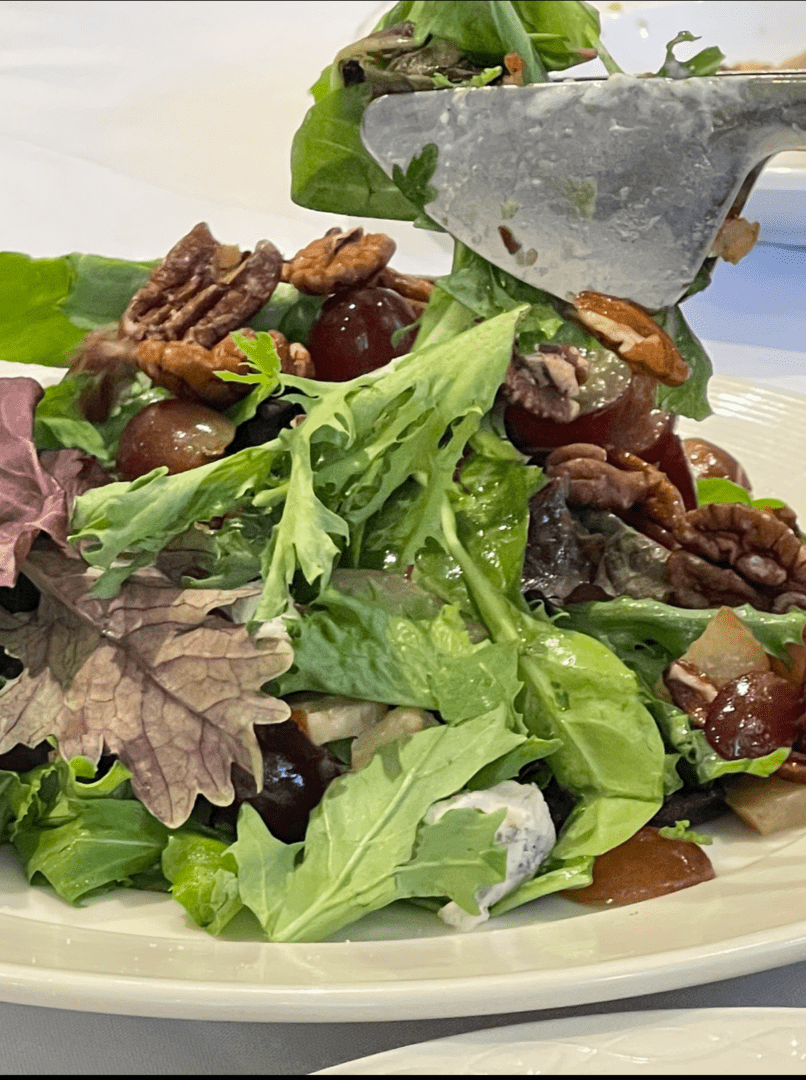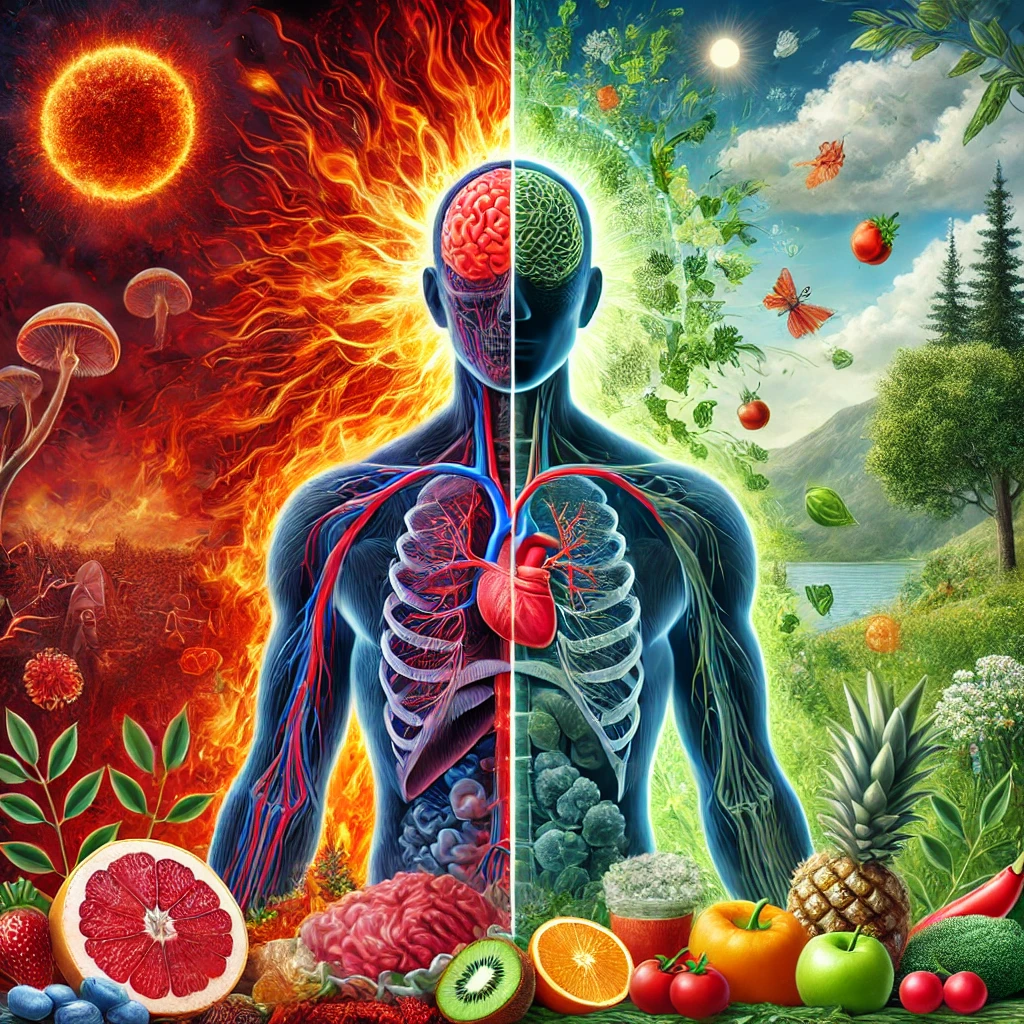We often hear the phrase, “You eat with your eyes first.” But beyond visual appeal, there’s an entire psychology behind how food tastes that goes beyond just ingredients and flavors. The dish’s presentation—whether it’s served on plastic, paper, stoneware, ceramic, or fine china—can significantly affect the perceived taste, quality, and even cost of the food before a bite is even taken. Let’s dive into the fascinating ways our minds trick us into experiencing food differently based on these elements.
How the Serving Material Impacts Taste
Believe it or not, the plate or utensil you use can influence how food tastes. Research has shown that the texture, color, and weight of the material alter the sensory experience, affecting flavor perception.
- Plastic or Paper Plates:

- Food served on plastic or paper plates may be perceived as less flavorful or of lower quality. When put on a plate all mixed up, it gives the perception of laziness and lack of care. These materials are associated with quick, disposable meals, which can reduce the perceived value and taste of the dish.
- Stoneware and Ceramic:

- These materials are heavier and give a meal a more substantial feel. The weight and tactile experience often lead to a perception of higher quality and better taste as we subconsciously associate heavier items with luxury and durability.
- Fine China:

- Serving food on fine china elevates the dining experience. The smooth, polished surface and visual elegance create an expectation of premium flavor, often making the food taste more refined or elegant, even if the ingredients are the same as a less expensive dish.
Perception Visually
- Color: Bright, fresh colors make food seem healthier and more delicious, while dull or off-putting colors can signal something is wrong, altering how your brain processes taste.
- Symmetry and Balance: Dishes arranged with intention, like symmetrically placed items or garnishes, create a sense of harmony, making the meal more visually appealing and enhancing the overall experience.
- Textures and Layering: When you see various textures, your brain anticipates a complex taste profile. Layering ingredients thoughtfully primes the brain to expect different sensations in each bite, making the flavors seem more dynamic.
________________________________________________________________________________________________________________
Perception of Cost Influences Taste
The cost associated with food doesn’t just hit your wallet—it impacts your taste buds too! Here’s how:
- Higher-Priced Items: We tend to believe that more expensive food is of better quality, which often leads us to perceive it as tasting better. Even if the dish served at a high-end restaurant is similar to one at a casual diner, the perceived value tied to the price can make it more enjoyable.
- Branding and Labeling: If a meal is described using high-quality language or branded in an upscale manner, people are more likely to expect—and experience—better taste. For example, labeling a salad as “organic, handpicked greens with a zesty citrus vinaigrette” will likely be perceived as more flavorful than simply calling it “house salad.”
How Food Description Affects Taste Perception
The words used to describe food surprisingly influence how we expect it to taste. Detailed, appealing descriptions can change our entire perception.
- Descriptive Language: Words like “succulent,” “crispy,” or “velvety” immediately conjure specific sensory experiences, setting expectations for how the food will feel and taste in your mouth. These optimistic expectations can heighten the actual tasting experience.
- Simple vs. Elegant Descriptions: Imagine two menus—one that says “Grilled Chicken” and another that says “Herb-Marinated Free-Range Chicken, Grilled to Perfection.” The second one, though it might be the same dish, is expected to taste better because the description gives it more prestige and complexity.
Presentation on the Plate Matters
How food is arranged on a plate also plays a significant role in our experience.
- Neatly Arranged vs. Piled: A neatly arranged plate, where the components are thoughtfully placed, gives an impression of care, artistry, and high-quality cuisine. In contrast, food piled onto a plate might feel rushed and, as a result, less enjoyable.
- Portion Size and Plate Space: Small portions artfully arranged on a large, elegant plate can make a dish feel more gourmet. This presentation gives off an air of refinement and craftsmanship, which can enhance the perceived taste.
- Colors and Contrasts: A vibrant, colorful dish against a white or neutral plate tends to be perceived as fresher and more appetizing. The color contrast can trick the brain into thinking the food is more flavorful and exciting.
Quick Review and Summary
Your taste buds aren’t just influenced by what’s on the plate but by how it’s served, what the dish costs, and how it’s described. Here’s a quick breakdown:
- Material matters: Plastic or paper plates downplay taste, while stoneware, ceramic, and fine china elevate it.
- Cost perceptions: Higher-priced food or branded dishes often taste better, even if made from the same ingredients.
- Language influences: Detailed and descriptive food titles enhance the flavor experience.
- Plate presentation: Neatly arranged, colorful dishes on neutral plates create the impression of a higher-quality and better-tasting meal.
Your brain is wired to respond to how things look, and food is no different. The presentation can trick you into tasting flavors that aren’t there or amplifying ones that are. It’s like the old saying goes, “We eat with our eyes first.” So, the next time you’re about to dig into a meal, remember that how it’s presented plays a big role in how much you’ll enjoy it.
In short, the psychology behind food tasting goes far beyond your palate—it engages your entire sensory and cognitive system. The next time you sit down to eat, take a moment to notice how the presentation of your meal might be shaping your experience.
References:
- Spence, C., & Piqueras-Fiszman, B. (2014). The Perfect Meal: The Multisensory Science of Food and Dining. Wiley-Blackwell.
- Zampollo, F., et al. (2012). “The Role of Plate Size in Consumer Behavior: A Review of Literature.” Appetite.
- Piqueras-Fiszman, B., & Spence, C. (2012). “The Influence of the Color of the Plate on the Perception of the Food in a Restaurant Setting.” Flavour.
These references can provide further insights into how multisensory factors like serving materials, cost, and presentation shape the eating experience.









